







Hello, welcome to my home page!
Currently, I am doing research in automatic mesh generation and related device and process simulations. My program CAMINO (Cardinal's Advanced Mesh INnovation with Octree) is a 3D/2D meshing program using a generalized octree/quadtree approach. However, there is a major difference between CAMINO and other octree/quadtree or 2-4-8 tree programs. We try to match the exact geometry boundary with our generated mesh while most other programs try to perturb the geometry to fit the octant boundary for easier tetrahedralization afterwards. Our philosophy is that we feel every small feature presented in the geometry is important. And reasonable simulation difference will result if they are not captured properly by the mesh program. (you don't want to waste your effort doing all those etching/deposition, just to have your mesh program perturb the geometry later for device simulation, do you?) As you can imagine now, the tetrahedralization in our approach is a very nasty job since we need to match all kinds of geometry while also keeping the mesh comformality along the octant boundaries. Fortunately, now I have finished the mesh program and am constructing a server to be used for device and process simulations.








To abide by the one level difference rule, for every octant refined, all its neighbors are found through the tree structure and updated. The level control function increases its values on the neighboring octants if necessary so that there is at most one level difference in every direction between two adjacent octants. The following is a simple generalized octree and mesh illustration.
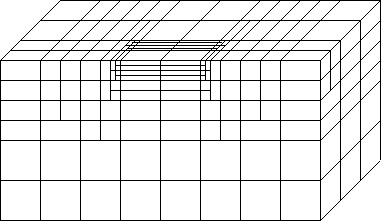
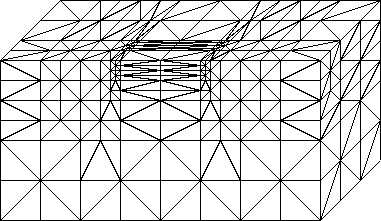
After the tetrahedralization, we apply the following local topological Delaunay transformation to improve the mesh quality. Analogous to the 2D edge swapping algorithm, we substitute two tetrahedra not satifying the Delaunay criteria with three, and vice versa. With an iterative sweep over all tetrahedra, and when it converges, a Delaunay tetrahedralization will result.
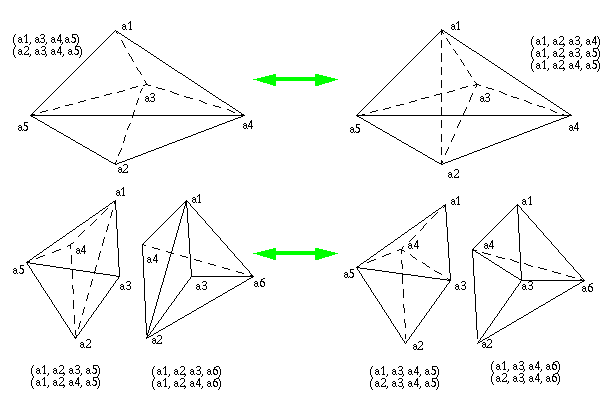
Reference
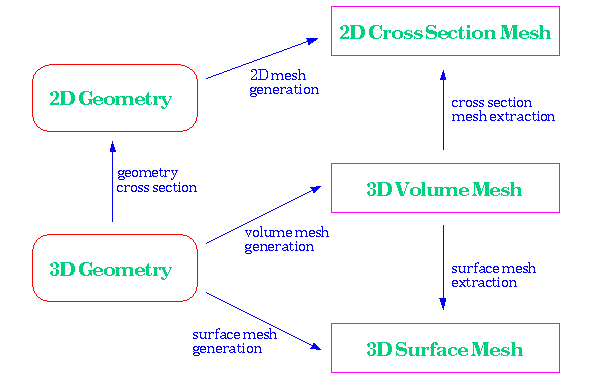
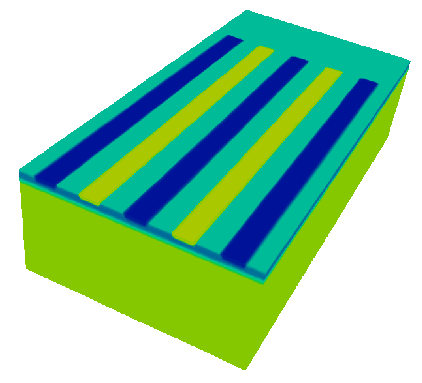
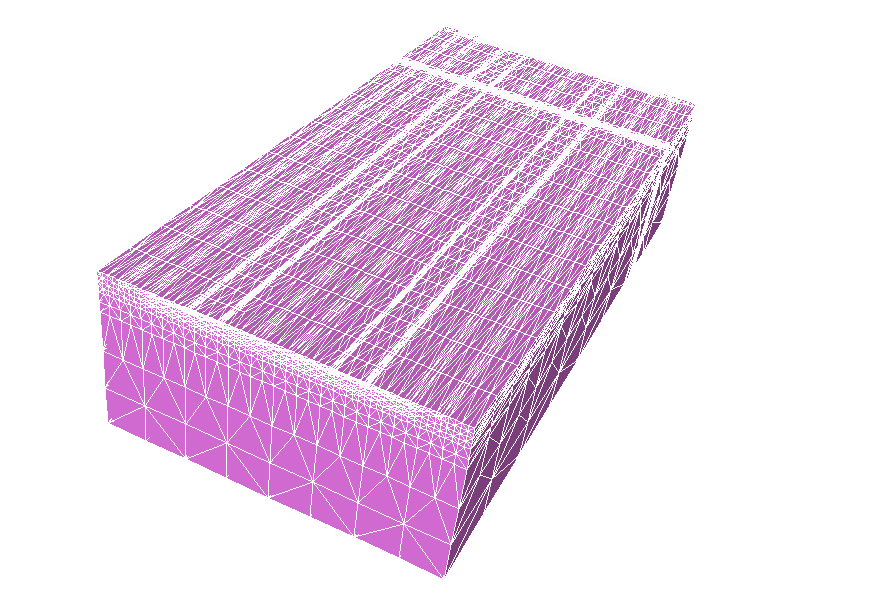
2D cross section of the mesh and its zoom in view.
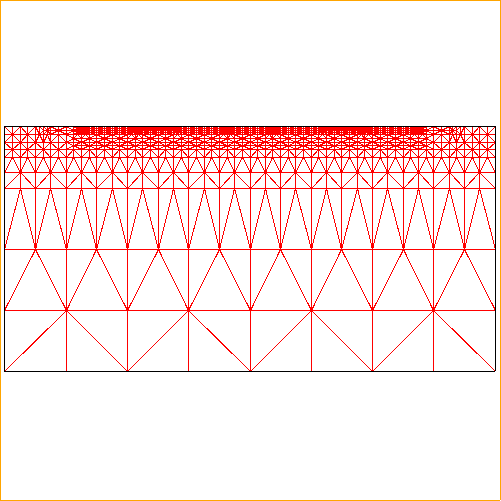
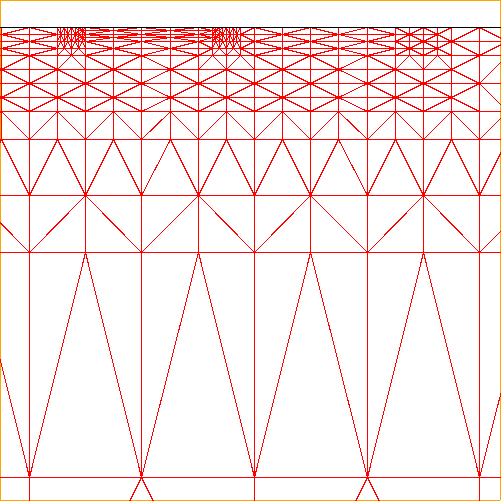
Some IBM FIELDAY 3D device simulation results of the BJT.
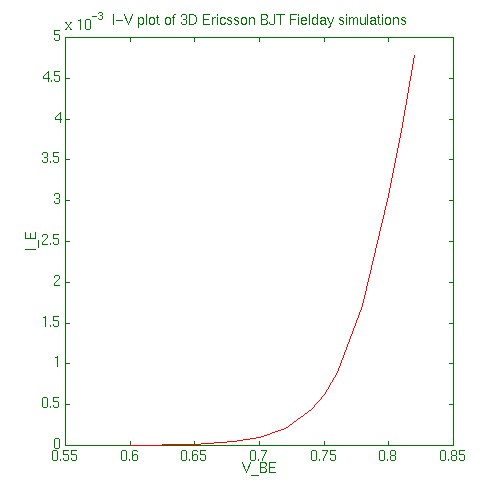 :
: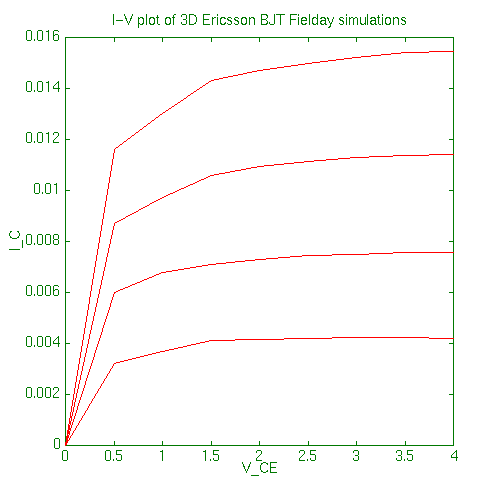
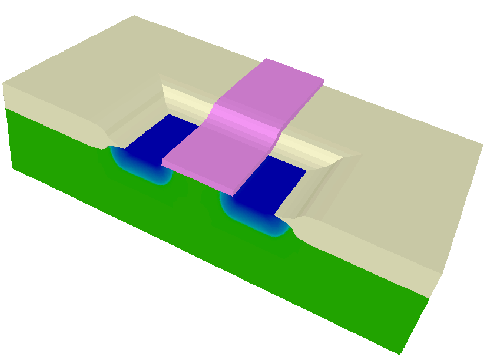
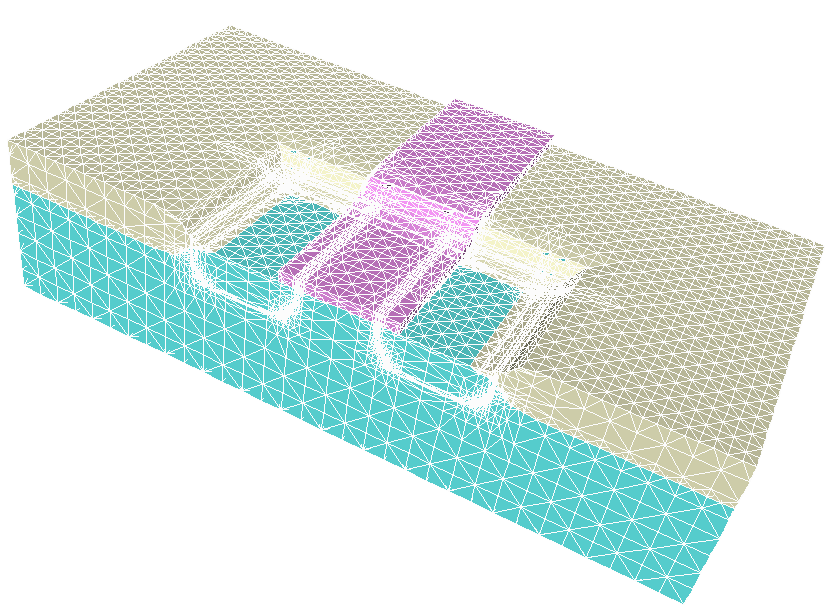
 , the way to go!
, the way to go!